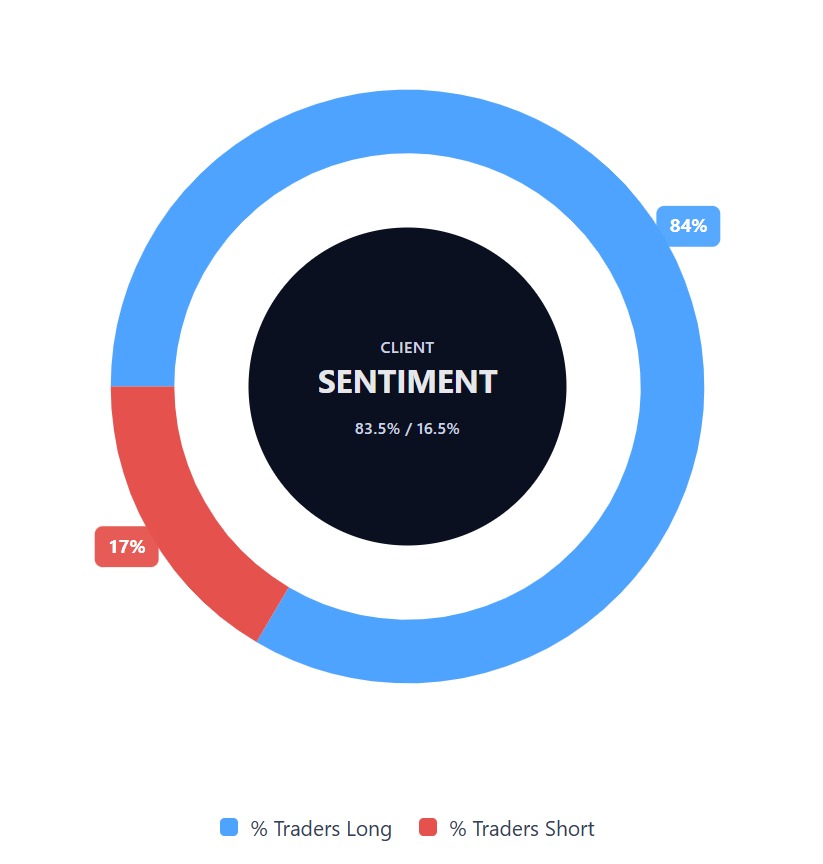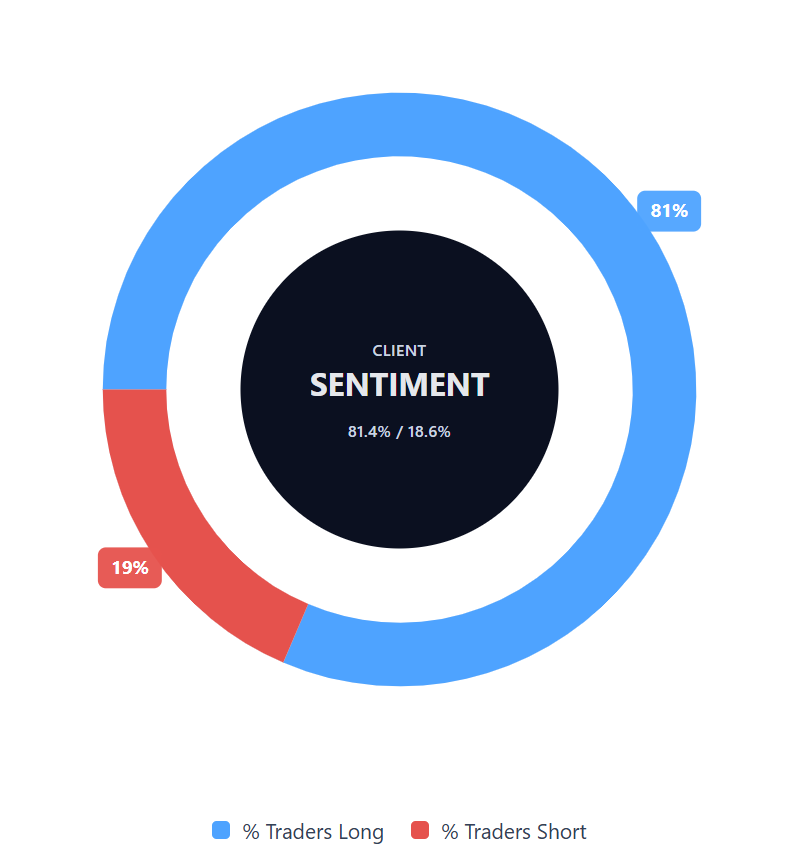Oil forecast: Third-party price targets
Discover the latest oil price forecast for 2025, with WTI and Brent crude outlooks, analyst targets and technical analysis.
US crude oil (WTI) trades at $62.88 per barrel within an intraday range of $62.14-$63.19, while Brent crude oil stands at $66.77, oscillating between $65.998 and $66.964 as of 14:34 UTC on 10 September 2025.
Prices reflect a modest OPEC+ decision to raise output in October as producers compete for market share, heightened Middle East tensions, and U.S. tariff pressures on Russian oil amid firm buyer sentiment in CFDs (Reuters, 9 September 2025).
Oil price forecast: Analyst price target view
Reuters poll (consensus view)
A Reuters poll of 31 analysts projects WTI crude will average $64.65 per barrel in 2025 as of 29 August 2025. This reflects steady demand growth balanced by rising OPEC+ output and U.S. tariff measures amid ongoing supply concerns. The same poll expects Brent to average $68.20 per barrel in 2025 as of 29 August 2025, driven by persistent non-OPEC supply constraints and consistent global demand growth.
JP Morgan (house view)
JP Morgan maintains a forecast of WTI trading in the low-to-mid $60s through 2025, with a base-case target of $60 per barrel for year-end 2026 as of 12 June 2025, as it downplays further geopolitical shocks and assumes steady OPEC+ and U.S. shale production. It maintains a 2025 Brent forecast in the low-to-mid $60s, with a year-end 2026 target of $63 per barrel as of 12 June 2025, as it factors in constrained North Sea supply and balanced OPEC+ cuts.
EIA Short-Term Energy Outlook (STEO)
The U.S. Energy Information Administration forecasts WTI at $59 per barrel in Q4 2025 in its September 2025 short-term energy outlook, and $50 per barrel in early 2026, as U.S. refinery runs and global demand growth are expected to offset inventory builds (EIA, 9 September 2025).
Trading Economics (model estimate)
Trading Economics’ macro models estimate WTI at $62.43 per barrel by Q4 2025, amid projections of continued inventory accumulation and robust U.S. output (Trading Economics, 9 September 2025).
Predictions and third-party forecasts are frequently inaccurate, as they cannot account for unforeseen events. CFDs are complex instruments and carry a high risk of losing money rapidly due to leverage. Consider whether you understand how CFDs work and whether you can afford to take this risk.
Past performance isn’t a reliable indicator of future results.
Oil price: Technical overview
USOIL Technical Overview
US crude oil (WTI) trades at $62.88 per barrel as of 14:33 UTC and holds below its 20/50/100/200-DMAs at ~63 / 65 / 64 / 67, with RSI(14) at 46.2 (neutral) and ADX(14) at 12.1, indicating a weak trend. The first area to watch topside is the 68.58 pivot; a daily close above there would put 73.14 back in view. On the downside, initial support sits at the 60.45 pivot; losing that level would risk a slide towards 56.88.
UKOIL Technical Overview
Brent crude oil (UKOIL) trades at $66.77 per barrel as of 14:34 UTC and remains beneath its 20/50/100/200-DMAs at ~67 / 68 / 67 / 70, with RSI(14) at 47.7 (neutral) and ADX(14) at 11.8, suggesting a weak trend. The first area to watch topside is the 71.32 pivot; a close above there would put 75.15 back in view. On the downside, initial support sits at the 68.16 pivot; losing that level would risk a slide towards 64.33.
This is technical analysis for informational purposes only and does not constitute financial advice or a recommendation to buy or sell any instrument. Data correct as of 10 September 2025.
Capital.com’s client sentiment for oil CFDs
US crude oil CFDs
US crude CFD buyers account for 83.5% vs Sellers 16.5%, putting buyers ahead by 67.0 pp in heavy-buy territory. This snapshot reflects open positions on Capital.com and can change.
Brent crude oil CFDs
Brent Crude CFD buyers account for 81.4% vs Sellers 18.6%, putting buyers ahead by 62.8 pp in heavy-buy territory. This snapshot reflects open positions on Capital.com and can change.
Data correct as of 10 September 2025.
FAQ
Who owns the most oil?
As of 2025, Venezuela holds the largest proven oil reserves, followed by Saudi Arabia, Iran, and Canada. The Middle East accounts for a significant share of global reserves, with OPEC members controlling the majority of accessible supply. Ownership of reserves differs from production levels, as leading producers include the US, Saudi Arabia, and Russia (World Population Review, 10 September 2025.
Could oil go up or down?
Oil prices can move in response to shifts in demand, production levels, and geopolitical risks. Upside drivers include supply cuts or unexpected demand growth, while increased production or weaker global growth could put prices under pressure. External shocks, such as conflicts or policy changes, can add volatility in either direction.
Should I invest in oil?
Whether oil suits your strategy depends on your risk tolerance and objectives. Oil is subject to price swings linked to supply, demand, and geopolitical events, making it a volatile market. If considering exposure, carefully assess whether trading Brent crude CFDs, US crude CFDs, or other instruments aligns with your approach, bearing in mind that trading entails risks. Conduct independent research and use appropriate risk-management tools.